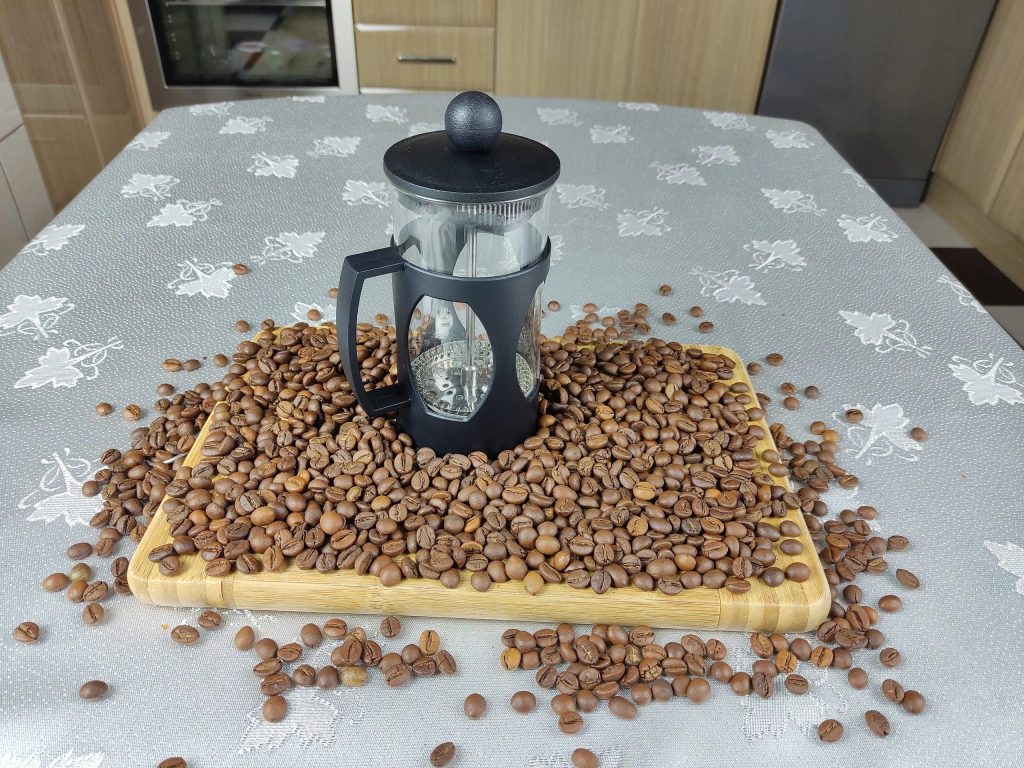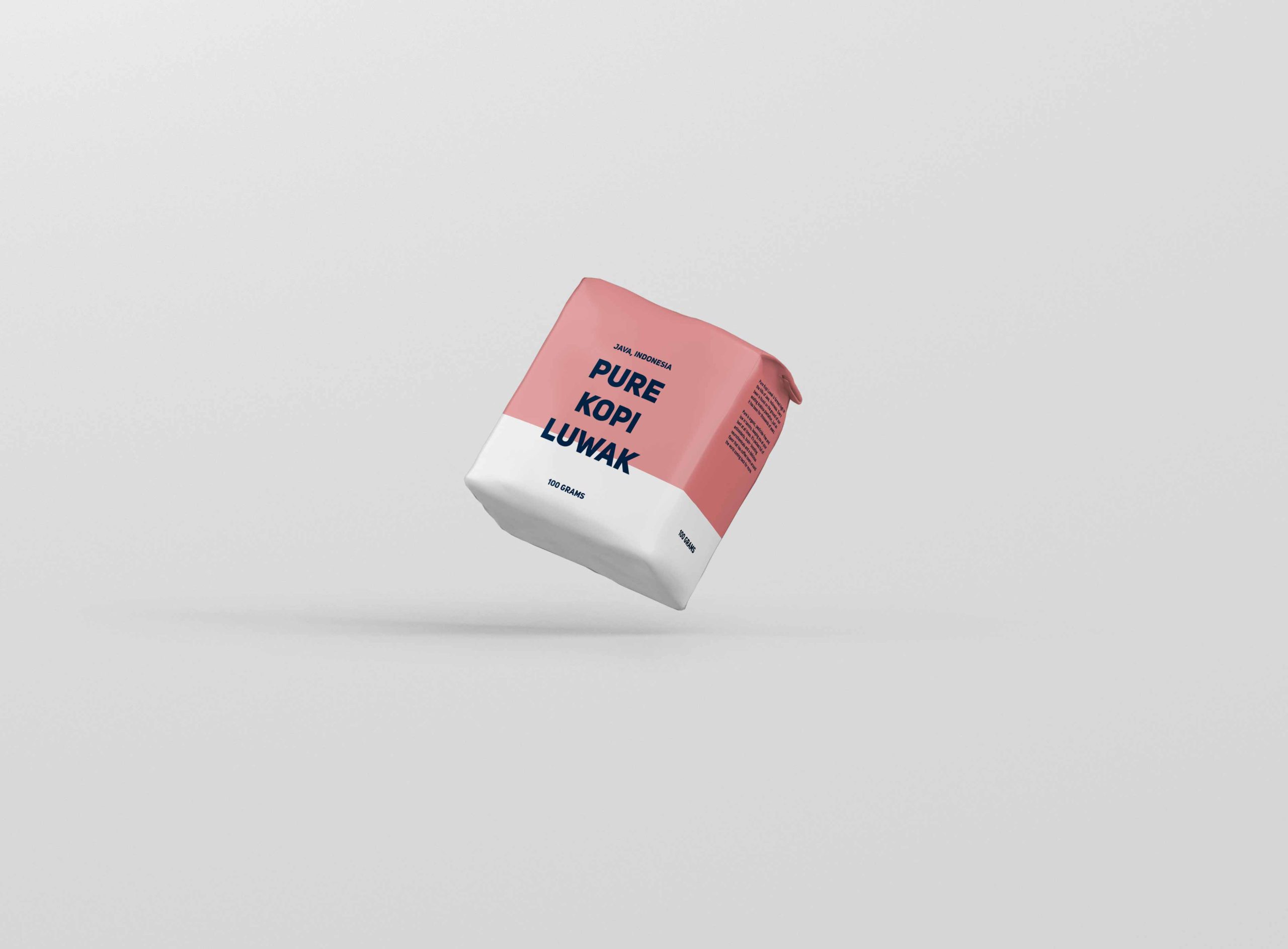This review was written by Cara Swinson, a barista, food reviewer, and guest author on our site.
I have to admit, I was a bit hesitant at first. The idea of drinking coffee made from beans that had passed through the digestive system of a civet cat sounded more like a dare than a culinary adventure. But the reputation of kopi luwak as one of the world’s most luxurious—and bizarre—coffees intrigued me enough to take the plunge. Here’s how it went.
The Anticipation
I’d heard about kopi luwak for years, mostly in hushed tones by fellow coffee enthusiasts who spoke of it like a mythical elixir. It’s the kind of thing that pops up on “world’s most expensive” lists and sparks curiosity with its unconventional origin story. So when I finally got my hands on a bag, I was equal parts excited and apprehensive. What if it didn’t live up to the hype? What if it tasted weird? Or worse, what if it tasted just like any other coffee?
I decided to try Pure Kopi Luwak, since it had been recommended to me by a friend.
The First Smell
Opening the bag was the first surprise. The aroma that greeted me was deep and earthy, but not in an overpowering way. It was inviting, almost comforting, with a complexity that hinted at the journey these beans had been on. If you didn’t know the backstory, you might think it was just a really good bag of coffee. But knowing what I knew, there was something extra special about it.
Brewing the kopi luwak
I decided to brew the coffee using my French press—no fancy gadgets, just a simple method that would let the flavors shine. As the hot water met the ground beans, the room filled with that same rich, earthy aroma. It was almost as if the coffee was telling its story, one steep at a time.

Pouring the first cup, I was struck by how smooth the liquid was. No oil slick on top, no grittiness—just a deep, dark brew that promised something different.
The First Sip
And then, the moment of truth. The first sip was…unexpected. Smooth, yes. But there was more to it. The initial taste was rich and velvety, with a chocolatey undertone that I didn’t see coming. It was like tasting coffee for the first time all over again, but with a new twist. There was no bitterness, just a deep, complex flavor that made me want to take another sip to figure out what else was in there.
As the coffee cooled, more flavors began to emerge. A slight sweetness came through, followed by a subtle earthiness that felt grounding, almost like the coffee was reminding me of its wild origins. And then, a gentle, almost minty coolness on the finish. It was unlike any coffee I’d ever tasted—familiar, yet completely unique.
The Afterthoughts
As I sat there, savoring each sip, I couldn’t help but think about the journey these beans had taken—from the forests of Southeast Asia, through the digestive system of a civet cat, to my kitchen. It’s easy to get caught up in the novelty of it all, but the truth is, the coffee stands on its own. It’s not just a gimmick; it’s a genuinely good cup of coffee.
Would I drink it every day? Probably not, mostly because of the price. Kopi luwak isn’t cheap, and for good reason. The process is labor-intensive and slow, and the demand is high. But for a special occasion, or when you’re in the mood to try something truly different, it’s worth every penny.
The Verdict
So, would I recommend kopi luwak? Absolutely—if you’re up for an adventure. It’s not just about the taste (which, I’ll be honest, is pretty incredible), but about the experience as a whole. There’s something almost ceremonial about brewing and drinking this coffee, knowing its backstory. It’s a conversation starter, a sensory experience, and a little bit of indulgence all rolled into one.
In the end, I’m glad I tried it. Kopi luwak isn’t just a coffee; it’s a story in a cup. And for this coffee lover, it was one story worth telling.

